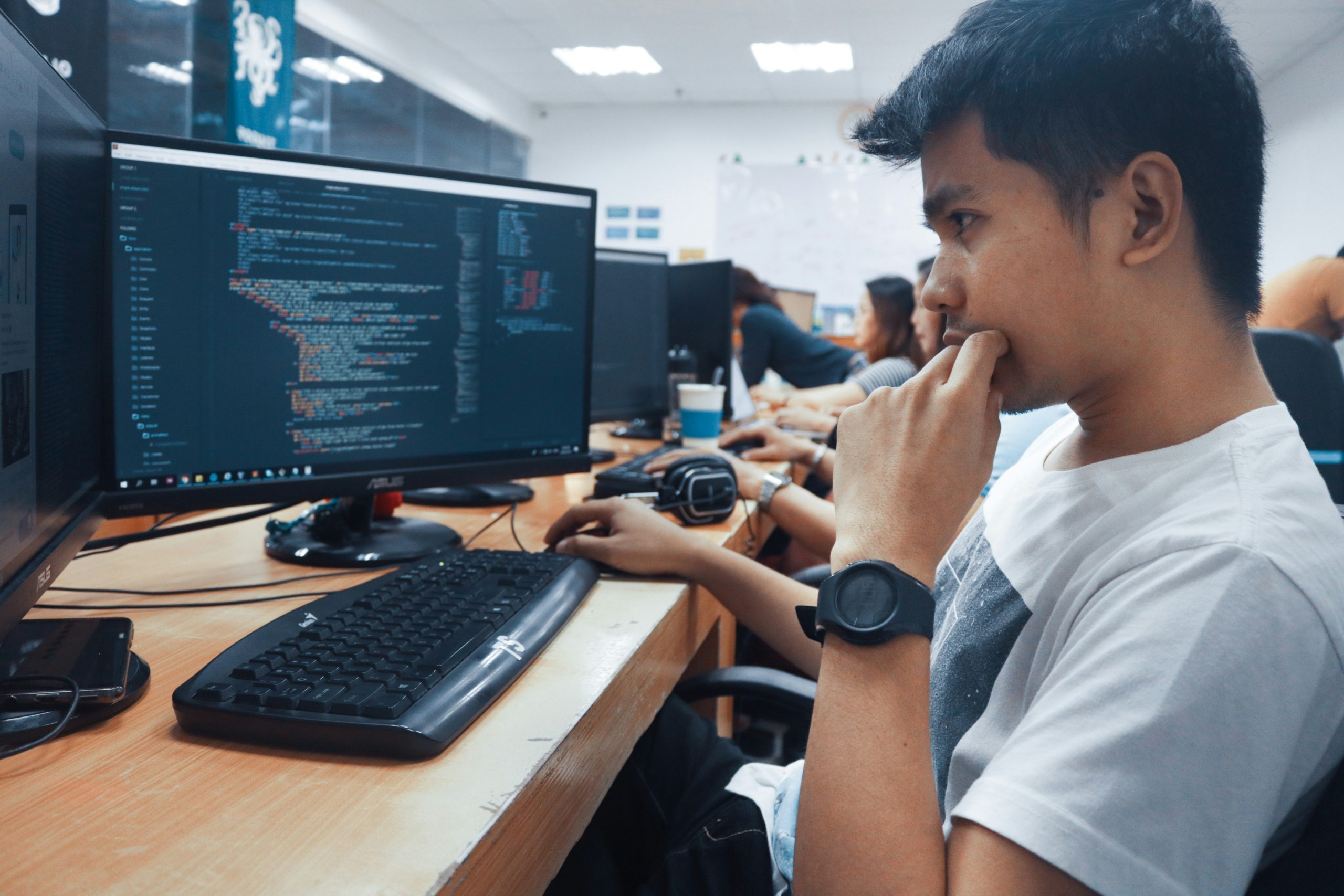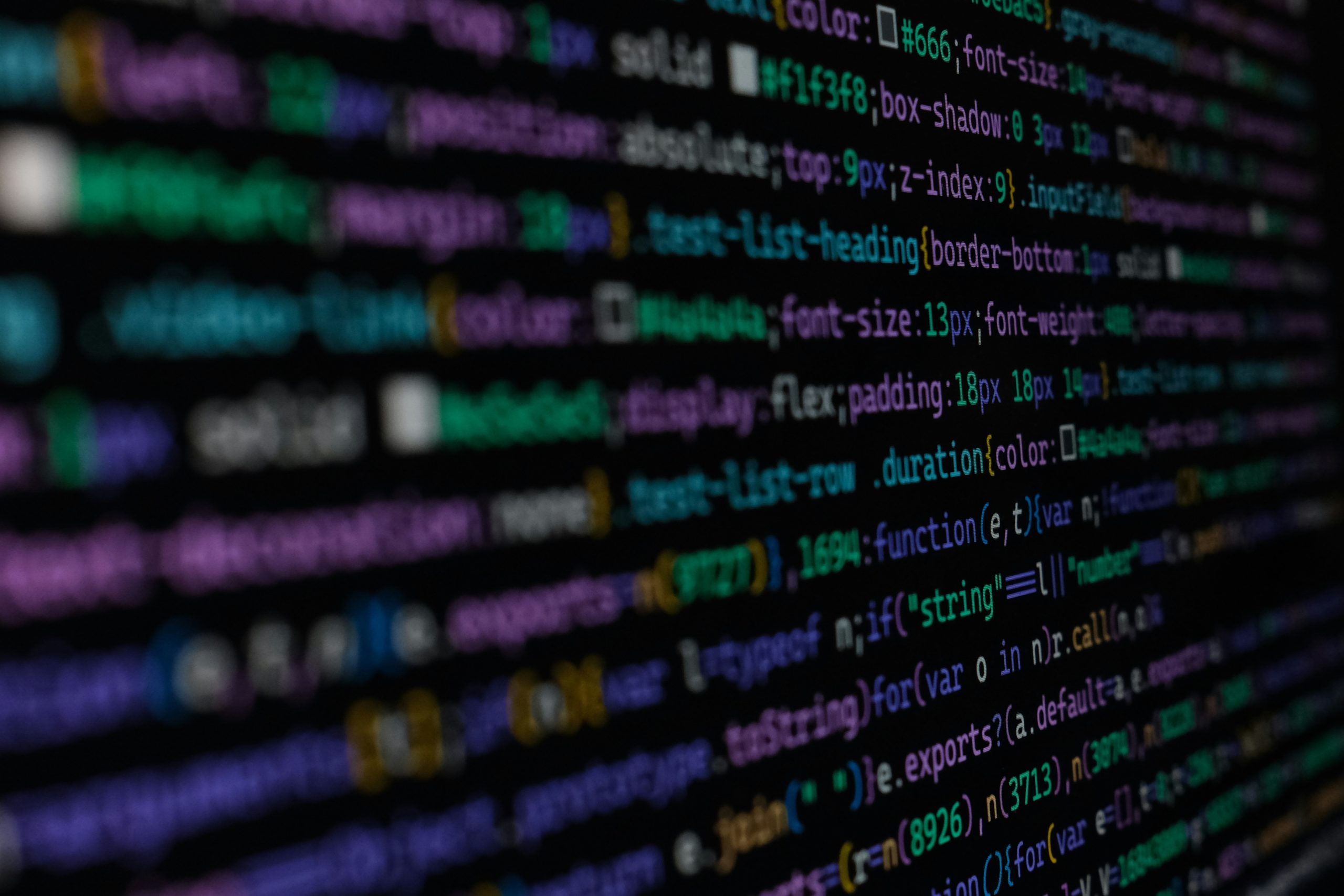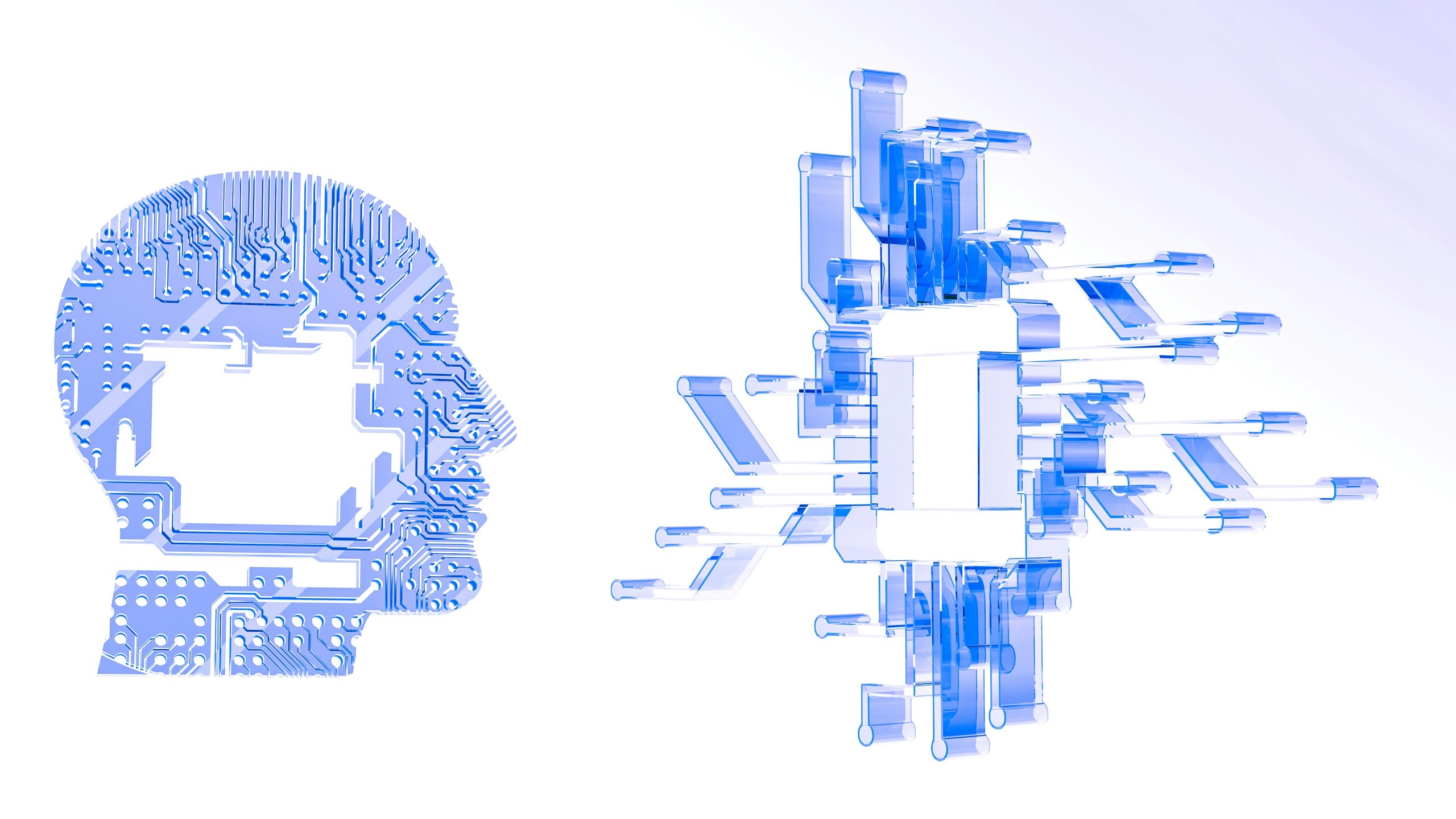Introduction: Reduplicating Sustainable Development — Why AI Is No Hype
Ask any CEO or city manager what is keeping them up at night — losing sleep over “can’t sleep at nights,” — and there’s a good bet sustainability, and increasingly green AI, will be on that list. No longer merely an issue of being “green.” Sustainable development is an interpretation of the “three-legged stool” metaphor — to maintain economic growth, social equity, and environmental conservation all at the same time. The world is in short supply of time, and things don’t yet grow on trees as a resource, so stakes are as high as ever.
But the shock, as it were: technology — AI, for a start — is not playing ball. It is becoming the engine in the trunk.
Shake aside the science stereotypes; AI used today is not just keeping business lights on but offsetting their carbon check.
Let’s get on with it.
So, What Do We Mean by Sustainable Development?
- It’s actually a simple matter of balance between profitability, being a decent human to other humans and not destroying the world.
- Economic development is the easy one — profits in the long term but not at the cost of the world.
- Social justice is bandied around, but what it is in this instance is that everybody is at the table.
- Saving the environment? Not just for the PR teams. It’s something for the kids following us into the future.

2. Carbon Footprint: What It Means and Why It Matters
A carbon footprint is basically the sum total of carbon dioxide (CO₂) emissions caused — directly or indirectly — by human activity. This covers everything from powering up a data center to shipping products halfway across the globe, or even just keeping the office lights on. And if you’re in IT, this issue is quickly becoming more than just an afterthought. Here’s why:
- Digitalization Is Booming
Every year, companies are dealing with more and more data — storing it, processing it, zipping it back and forth across the world. But all that processing takes energy, and that takes rising carbon emissions for the tech industry as a whole. - The Pressure Is On (from Clients and Investors)
You cannot turn a blind eye to green responsibility nowadays. Customers are taking notice, demanding that businesses be green and open about their carbon footprint, and engage in sustainable practices. Shareholders also invest in businesses that are taking ESG (Environmental, Social, and Governance) matters seriously. - Regulators Are Stepping In
Around the world, new standards and regulations to limit carbon emissions are taking effect — and they’re mandatory. To avoid being left behind at the last minute, businesses must stay ahead of the curve and deal with this fast-changing regulatory landscape.
3. How AI Can Be a Game-Changer for Resource Optimization
When every gram of carbon counts, artificial intelligence (AI) — what many now dub Sustainable AI — is emerging as one of the best tools for businesses to save their mark. Below are a few examples of how AI is helping make efficiency of resources a reality:
- Energy Efficiency
Forget “set it and forget it” — new AI-powered systems can monitor energy usage around the clock and recommend (or automatically initiate) real-time adjustments. Take smart building management, for instance: these systems will dim lights or modulate temperature when areas are vacant, saving energy without effort. - Predicting Demand
By analyzing enormous quantities of historical information, AI can allow organizations to accurately predict what resources will be needed and when. This allows them to buy more efficiently, minimize waste, and hold bare minimum inventories. - Smart Logistics
Whether the job is getting products shipped out or sending technicians out, AI can map out the most effective routes — cutting down travel time and, as a result, CO₂ emissions from transportation.
Some real benefits:
- In energy, AI assists utilities in monitoring their grids and optimizing how electricity is distributed — eliminating wastage.
- On farms, AI algorithms can inform a farmer precisely how much water or fertilizer a particular plant requires, eliminating wasteful application and decreasing the carbon footprint of the operation.
The bottom line? AI is no longer a “nice-to-have” for companies seeking to green-up; sustainable AI is fast becoming a must-have for any company that wants to stay current and sustainable in an increasingly globalized and environmentally strained world.
4. Smart Workloads: What Are They, and How Do They Work?
Smart workloads are flipping the script on how we use and tap into computer power. Rather than operating at maximum levels continuously, smart workloads draw on real-time data analysis and predictive modeling to squeeze every last drop of performance from servers and other assets — lessening energy usage and, in turn, lessening the carbon footprint.
What is a “smart workload”?
- They look at workloads that don’t only depend on a calendar, but rather change in real time. Through artificial intelligence and machine learning, they observe what is happening in the moment, then adjust the way tasks are being handled to address current needs and resources available.
But how does it actually happen?
- Magic of smart workload happens in three steps:
- State Collection: Servers and applications are scanned in real time for usage and performance.
- Number Crunching: AI digs deep into the database, uncovering patterns of usage for maximizing resource utilization.
- Route Optimization: Workloads are rerouted and resources redistributed from under- to over-performing assets in real time — without compromising on speed or performance, energy is saved.
5. Case Studies: Real-World Successes in Curbing Carbon with AI
It is no exaggeration — businesses and governmental agencies are actually deploying smart, AI-driven workloads and are actually seeing real cost savings, to both the planet and their own bottom line. A few of them are:
- Government: One big city used AI for managing street lighting. By optimizing and automating lighting requirements in real-time, they conserved nearly one-third of their energy.
- Manufacturing: A company that deals in electronics added smart monitoring and optimization software. Their payoff? They reduced 25 % of their carbon output in two years.
- Education: Some universities have placed smart workloads on their data centers. Their payoff? Reduced power consumption of as much as 40 %, plus a lot more “green” infrastructure.
Lessons from the Field:
- The good news is simple: AI and automation investment does more than reduce the carbon footprint. It saves real dollars and demonstrates technology can do good — to demonstrate to customers, regulators, and investors that sustainable success isn’t just possible but also profitable.
Thus, smart workloads are out-smarting smart tech tricks — they’re becoming a cornerstone of true climate action, proving that AI has the ability to serve two functions: to solve everyday operational problems and to help lead the war on climate change.
The Future of Sustainability: Opportunities and Hurdles Ahead

Where AI and Sustainability Are Headed
- Smarter Resource Management:
AI is rapidly getting better at solving intricate problems, and its algorithms for resource management are getting more advanced. From saving energy on an enormous scale to efficient supply chains, the trend is clear: technology is raising the bar for efficiency. - Ecosystem Integration:
Silos are a relic of the past. From city infrastructures to factory outputs, everything will be converged soon through AI-powered platforms. These interlinked platforms will monitor everything from energy consumption to carbon footprints, allowing leaders to exercise more control over resources. - Role of Society:
The future of sustainability will not depend on technology alone. Society-wide awareness in regards and mass participation are just as vital. Sustaining it in business and way of life will be going to require the masses of effort, awareness, and acceptance on the part of society as a whole.
What Could Stand in the Way
- Technical Complexity:
Installing AI in an attempt to be more sustainable is said than done. It demands strong infrastructure and new skills. The high learning curve and the capital one will need to make such a shift could be too expensive for the majority of businesses. - Economic Barriers:
Let’s be realistic here: investing in new technology and integrating it into current systems strains the budget. The big upfront cost and uncertain payoff may deter some companies from taking the plunge, especially when the payback isn’t so clear-cut in the beginning. - Policy and Regulation:
Regulation hasn’t yet kept pace with the pace of innovation. Unclear or conflicting government policy on AI and sustainability can bring development to a standstill, with degrees of bureaucracy hindering organizations from rolling out new solutions.
As a more sustainable, innovating future emerges, what’s certain is that sustainable AI in sustainability planning will play a crucial role in moving forward towards change. It’s time to see these technologies as tools of change, not mere compliance tools — to assist in reducing our carbon footprint and creating stronger, more resilient ecosystems. Let’s unite and create a brighter, more sustainable future for generations to come.
Conclusion: The Synergy of AI and Sustainable Development
As environmental protection and socio-economic progress move to the forefront of global priorities, weaving technologies like artificial intelligence (AI) into the fabric of sustainable development becomes more than just a good idea — it’s essential. For those of us in the IT sector, it’s clear: we’re on the threshold of a new era, one where responsibility and bold innovation can reshape our world for the better.
- The Case for Tech Integration
- Modern-day challenges — climate change among them — need to be addressed with an end-to-end solution, applying all means at our disposal. AI gives us huge capabilities to examine data, predict needs, and mechanize activities, which can have a very real impact on the carbon footprint in different industries.
- In manufacturing, transport, and construction sectors, AI-driven energy management minimizes wastage and maximizes efficiency. No buzzword that — technical innovation is the tried and tested way to decrease our presence on the planet.
- Modern-day challenges — climate change among them — need to be addressed with an end-to-end solution, applying all means at our disposal. AI gives us huge capabilities to examine data, predict needs, and mechanize activities, which can have a very real impact on the carbon footprint in different industries.
- A Call to Action
- Audit your workflows: Own your carbon output and where AI will be most impactful.
- Invest in people: Reskill your staff so they can leverage AI and sustainability-oriented solutions — vital to be ahead of the curve.
- Join forces with green movements: Collaborating with like-minded organizations can be the kind of synergy that fuels the uptake of new, cleaner tactics.
- Be open about your footprint: Report regularly to show your reducing carbon footprint — honesty is the best policy.
- Audit your workflows: Own your carbon output and where AI will be most impactful.
- Sustainable Development — the Future
- Even practical experience bears witness that technology in harmony with sustainability does not only bless the universe — it pays. Firms who start early and wisely using AI on sustainability fare better than others and emerge as market leaders.
- Even practical experience bears witness that technology in harmony with sustainability does not only bless the universe — it pays. Firms who start early and wisely using AI on sustainability fare better than others and emerge as market leaders.
Short version: Sustainable development and sustainable AI together isn’t hip — it’s necessary. We urge everyone in the tech community to get down to work toward a more sustainable, safer world. When to do it? Today.



Leave a Reply
You must be logged in to post a comment.